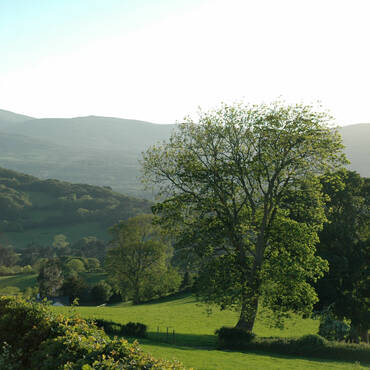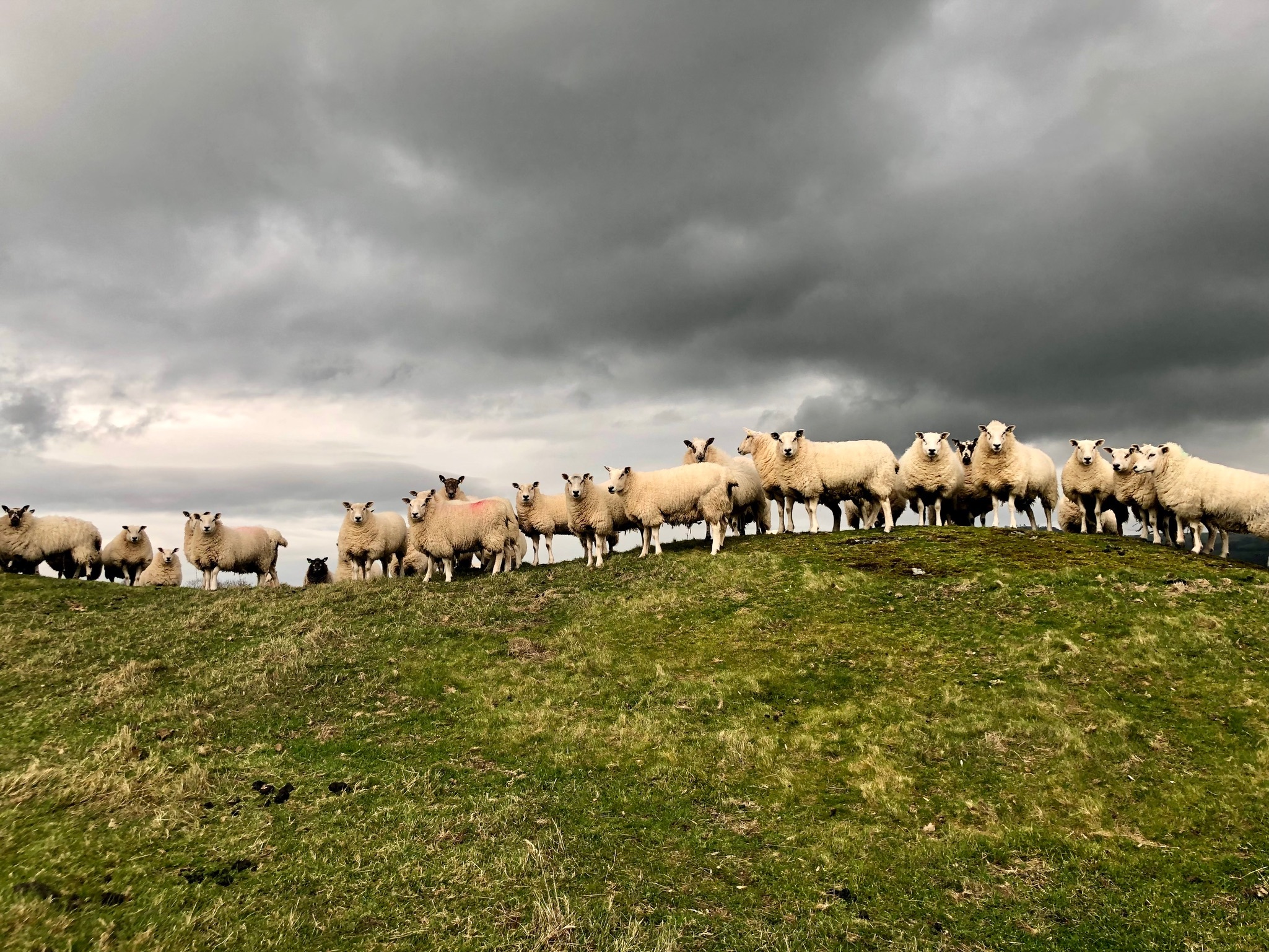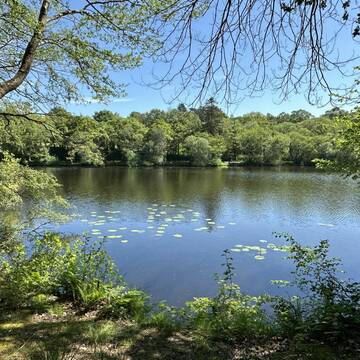
DiscoverThe Estate
The Bodnant Estate is predominantly agricultural, with some woodland and a few lakes, and also some mountain land in Snowdonia.


The Bodnant Estate is predominantly agricultural, with some woodland and a few lakes, and also some mountain land in Snowdonia.
The main part of the Estate lies on the east bank of the River Conwy, centred on the Eglwysbach valley.
West of the Eglwysbach valley, between it and the River Conwy, the Estate rises to about 767 feet (234m) at Mynydd Cauedig (or Garth Mountain), which has two lakes, fine views and good walking. East of the Eglwysbach valley, the Estate rises to about 1,118 feet (341m) at Moel Gyffylog, where there is an Edwardian shooting lodge and panoramic views of Snowdonia.
Some of the Estate lies in the flood plain on the west bank of the River Conwy. This includes the Estate’s largest farm, some woodland and two historic sites – an old Roman camp at Caerhun and an ancient Welsh camp at Bryn Castell.
The Estate also has some land high in Snowdonia, in the upper part of Cwm Eigiau, a wild and very unspoilt valley high in the Carneddau range of mountains. This runs from the lake (Llyn Eigiau) at an altitude of 1,312 feet (400m) up to the peak of Carnedd Llewellyn, which at 3,491 feet (1,064m) is the second highest peak in England and Wales and only slightly lower than Snowdon itself.
The Estate comprises about a dozen relatively small farms plus some smallholdings. All the farming is let out to tenant farmers, and none is kept in hand. The agriculture on the Estate, typically of the area, is predominantly the rearing of sheep, with some dairy and beef cattle. There is little arable farming.
Most of the woodland is hardwood, and much of it is mature or over-mature. Some of the woodland is categorised as “semi-natural ancient woodland” (predominantly sessile oak) and has changed little for centuries. The Estate’s policy is to attempt to manage the woodland more actively than occurred in the past, where possible on a continuous cover basis (as opposed to clear felling). However, very depressed timber prices and difficulties of extraction make the active management of the woodland a challenge.
There are over 20 miles of tracks through the woods and over the farms on the Estate. Except where there were existing footpaths and bridle paths, most of the tracks were made in the early 20th century by Henry Davis Pochin, so that his mother could drive her pony and trap into the hills. Guests at the Estate holiday lets are welcome to walk on all these tracks.
The Estate is also wonderful riding country, because of the dramatic lie of the land, the beauty of the scenery and the presence of all the Estate paths, and there are plans to develop equestrian activities.
There is fishing on three lakes on the Estate, including the largest (Llyn Syberi). This fishing is let out, as is the fishing on parts of the River Hiraethlyn and the right to fish on parts of the River Conwy. There is a superb and challenging pheasant shoot, which is let out.
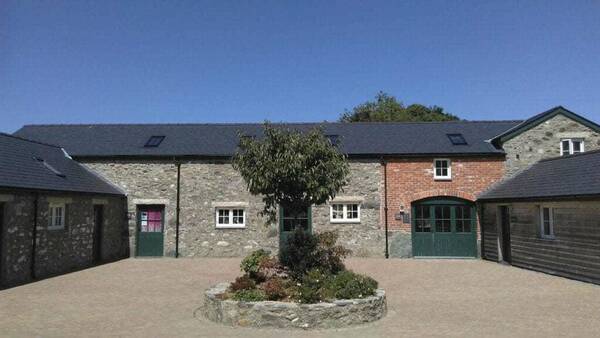
There are many thriving businesses on the estate and we can provide property to help your business grow. We have well serviced starter business units and well sized units for established businesses.
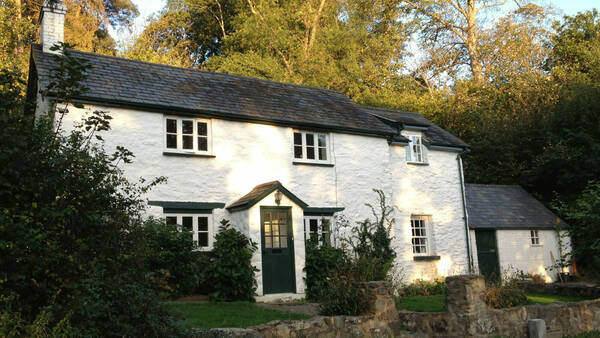
We have a number of properties let out to residents, many of which have lived there for over 20 years. We’re always developing our cottages, but as they’re so popular – they rarely make it onto our website!
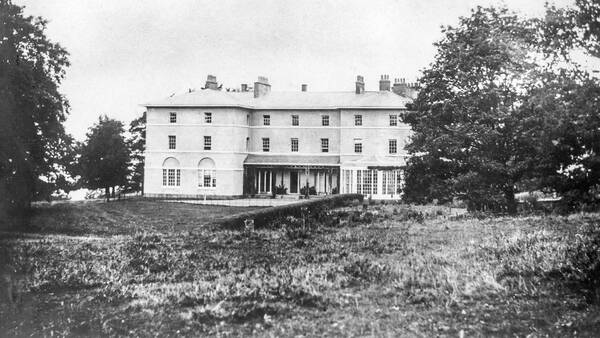
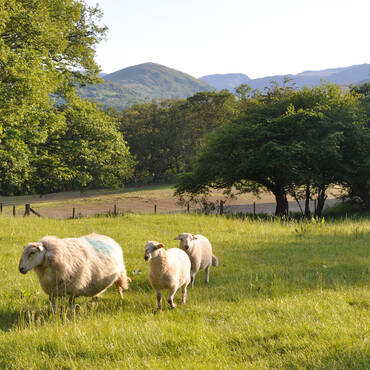
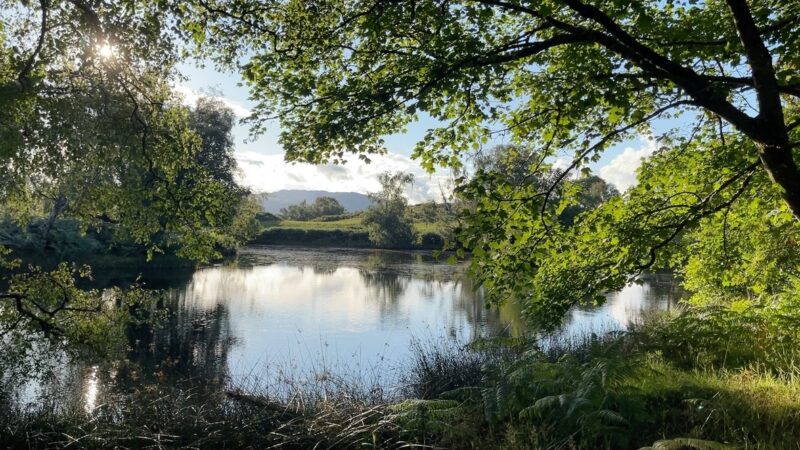
The Bodnant Estate is predominantly agricultural, with some woodland and a few lakes, and also some mountain land in Snowdonia.
The main part of the Estate lies on the east bank of the River Conwy, centred on the Eglwysbach valley. West of the Eglwysbach valley, between it and the River Conwy, the Estate rises to about 767 feet (234m) at Mynydd Cauedig (or Garth Mountain), which has two lakes, fine views and good walking. East of the Eglwysbach valley, the Estate rises to about 1,118 feet (341m) at Moel Gyffylog, where there is an Edwardian shooting lodge and panoramic views of Snowdonia.
Some of the Estate lies in the flood plain on the west bank of the River Conwy. This includes the Estate’s largest farm, some woodland and two historic sites – an old Roman camp at Caerhun and an ancient Welsh camp at Bryn Castell.
The Estate also has some land high in Snowdonia, in the upper part of Cwm Eigiau, a wild and very unspoilt valley high in the Carneddau range of mountains. This runs from the lake (Llyn Eigiau) at an altitude of 1,312 feet (400m) up to the peak of Carnedd Llewellyn, which at 3,491 feet (1,064m) is the second highest peak in England and Wales and only slightly lower than Snowdon itself.
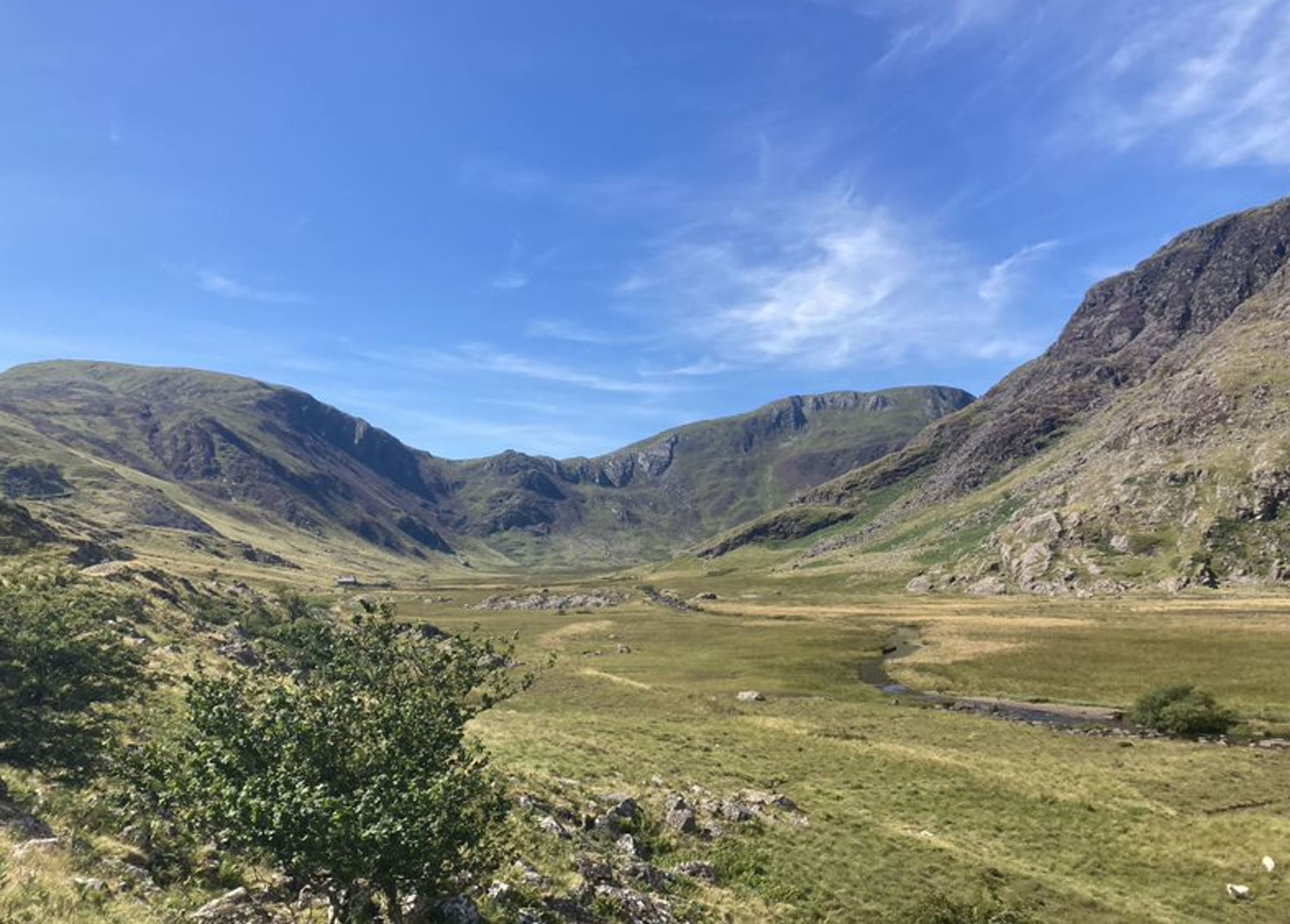
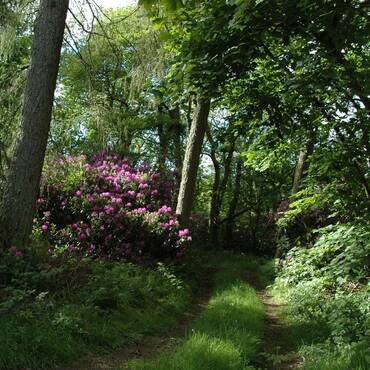
There are over 20 miles of tracks through the woods and over the farms on the Estate.
Except where there were existing footpaths and bridle paths, most of the tracks were made in the early 20th century by Henry Pochin, so as to enable his mother to drive her pony and trap around the Estate. Our Holiday Guests are welcome to walk on all these tracks, which we try to maintain and keep clear.
The Estate is wonderful riding country, because of the dramatic lie of the land, the beauty of the scenery and the presence of all the Estate paths. So, our policy is to try to develop facilities for equestrian activities on the Estate.
There is fishing on three lakes on the Estate, including the largest (Llyn Syberi). This fishing is let out, as is the fishing on parts of the River Hiraethlyn and the right to fish on parts of the River Conwy. Likewise, the pheasant shooting on the Estate has been let out.
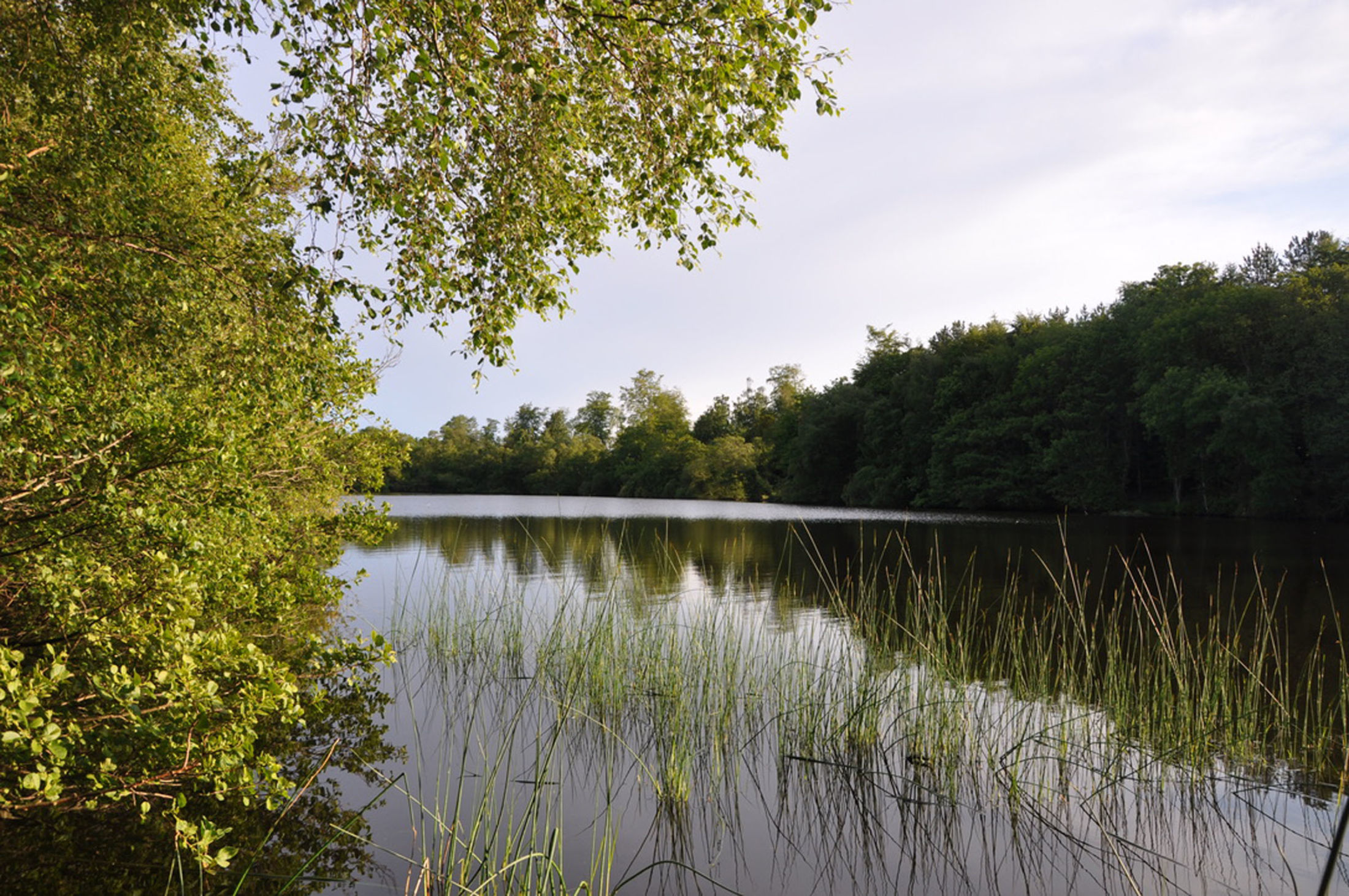
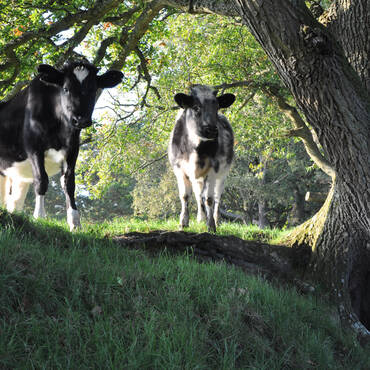
The agriculture on the Estate, typically of the area, is predominantly the rearing of sheep, with some dairy and beef cattle. There is little arable farming. The Estate comprises about a dozen relatively small farms plus some smallholdings. All the farming is let out to tenant farmers, and none is kept in hand.
The woodland on the Estate is quite extensive. Most of it is hardwood, and much of it is mature or over-mature. Some of the woodland is categorised as “semi-natural ancient woodland” (predominantly sessile oak) and has changed little for centuries. The Estate’s policy is to attempt to manage the woodland more actively than occurred in the past, where possible on a continuous cover basis (as opposed to clear felling). However, very depressed timber prices and difficulties of extraction make the active management of the woodland quite a challenge.
